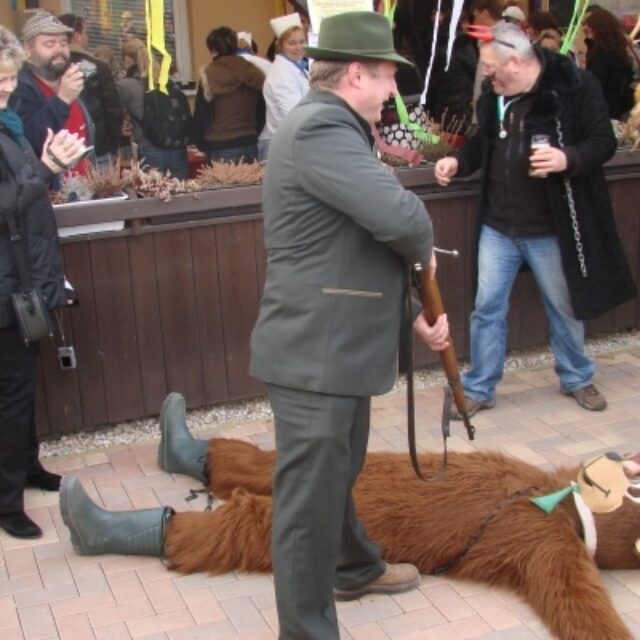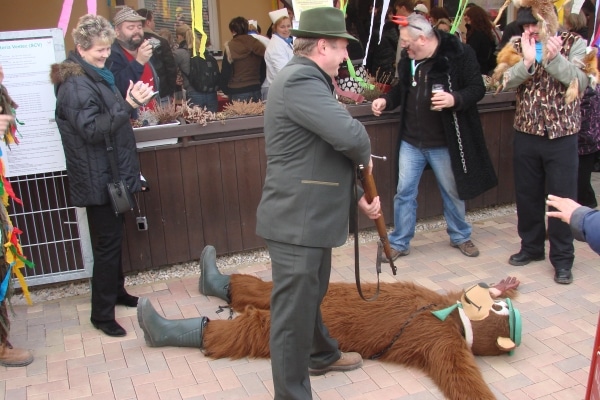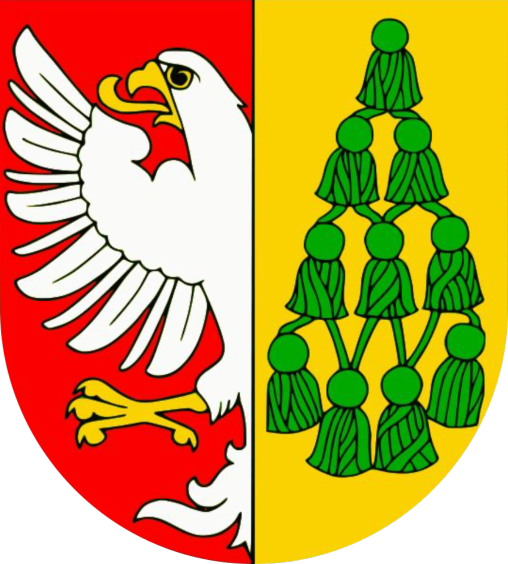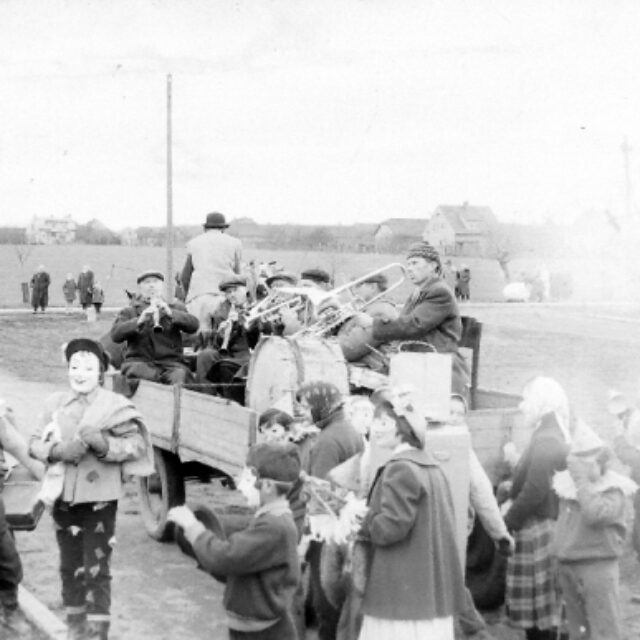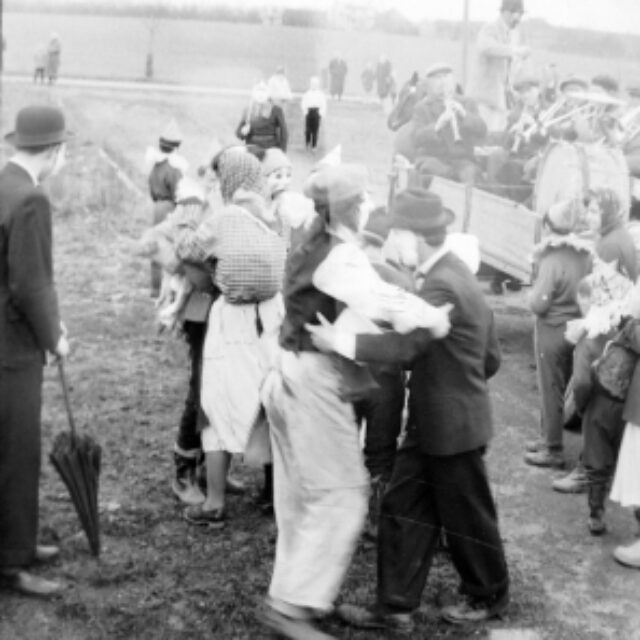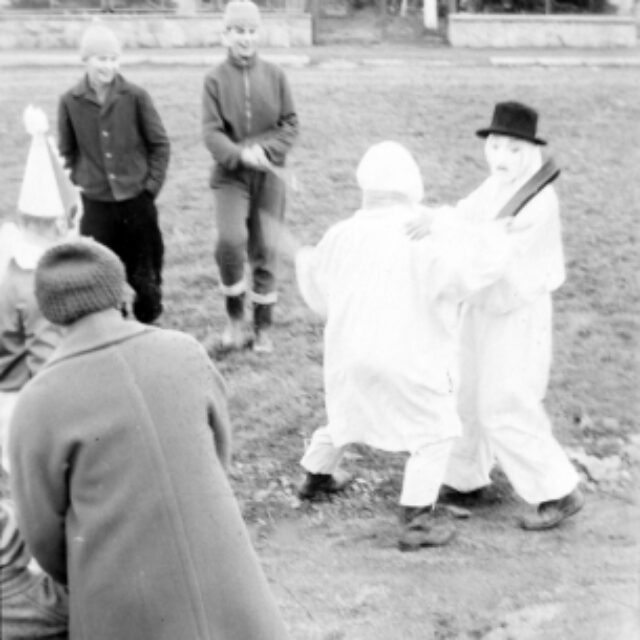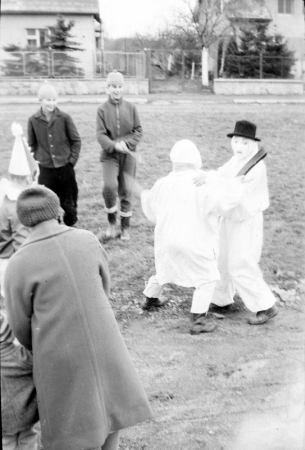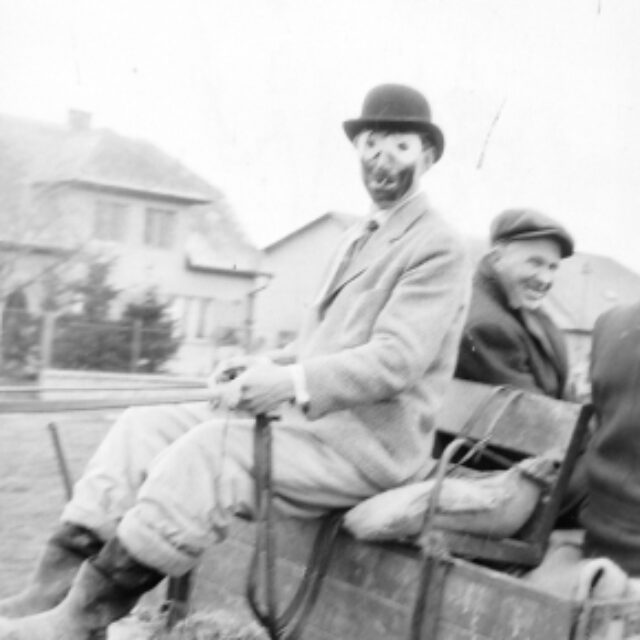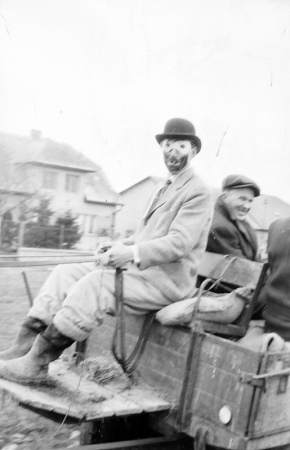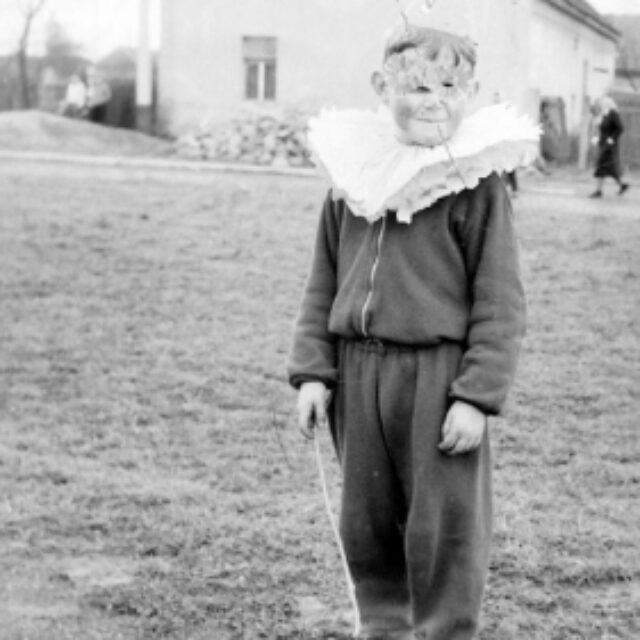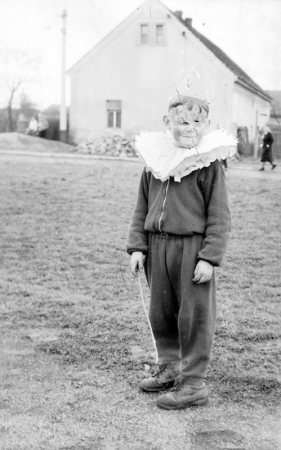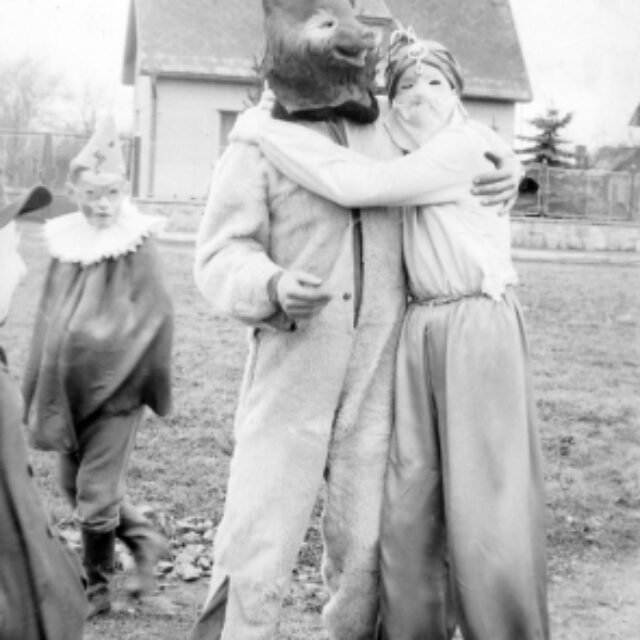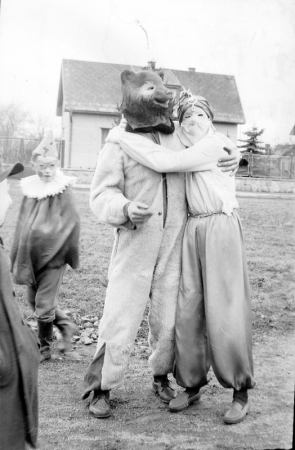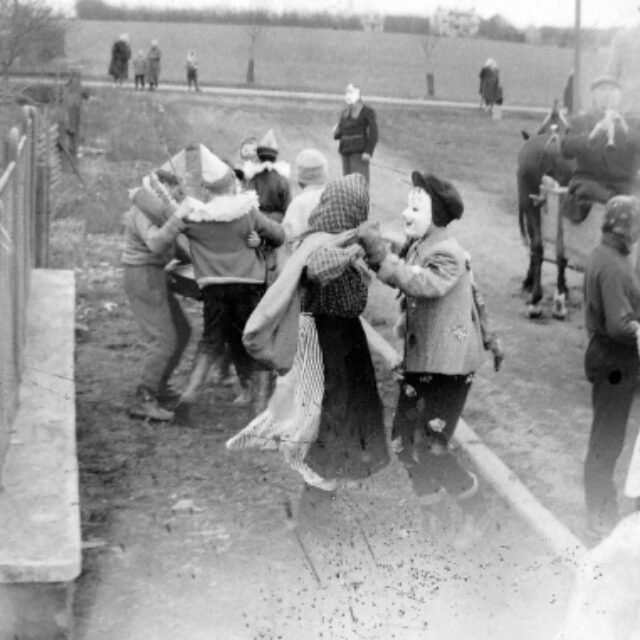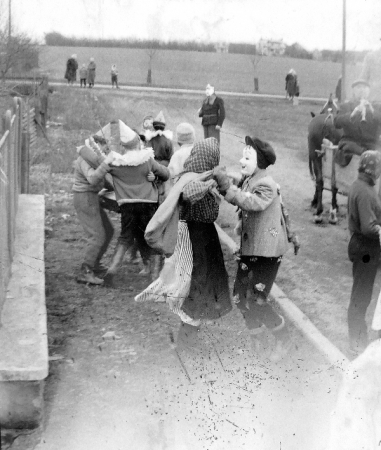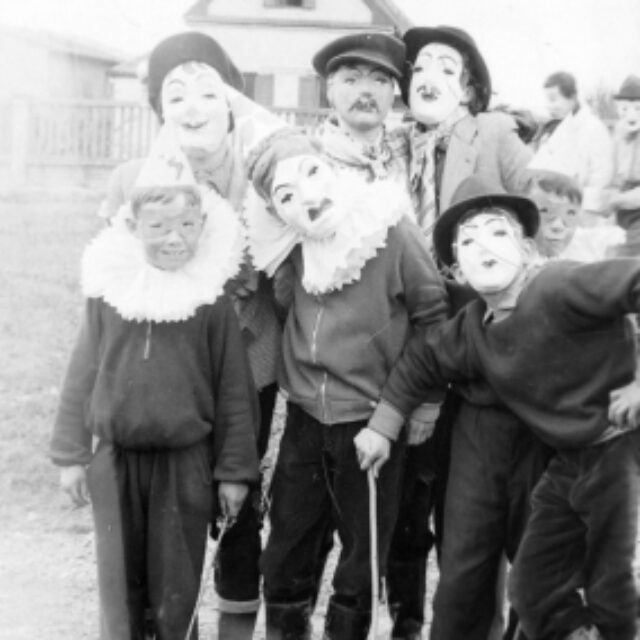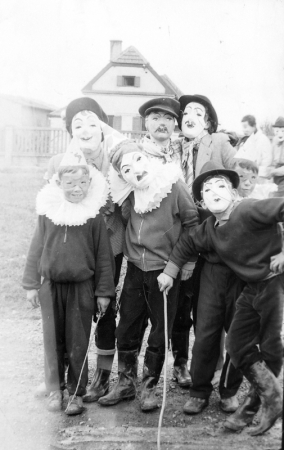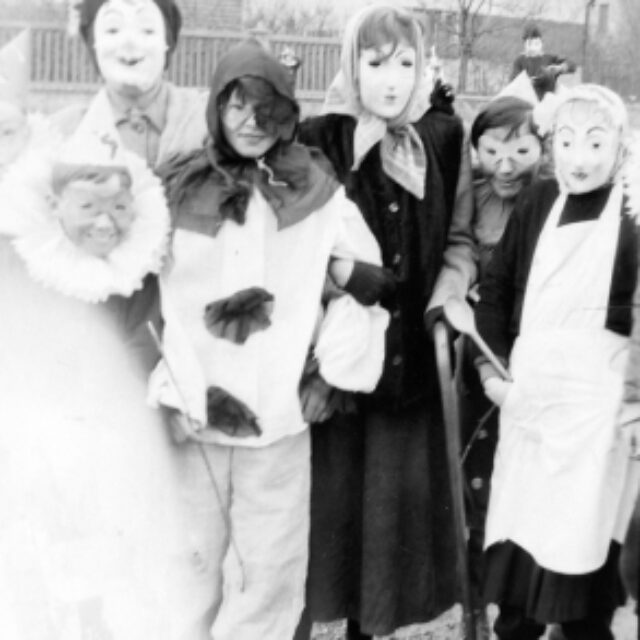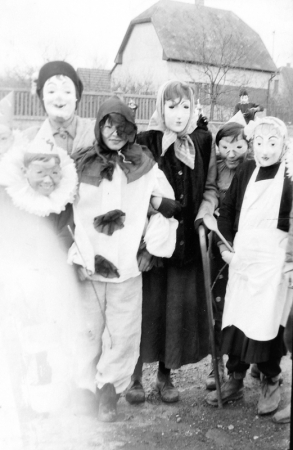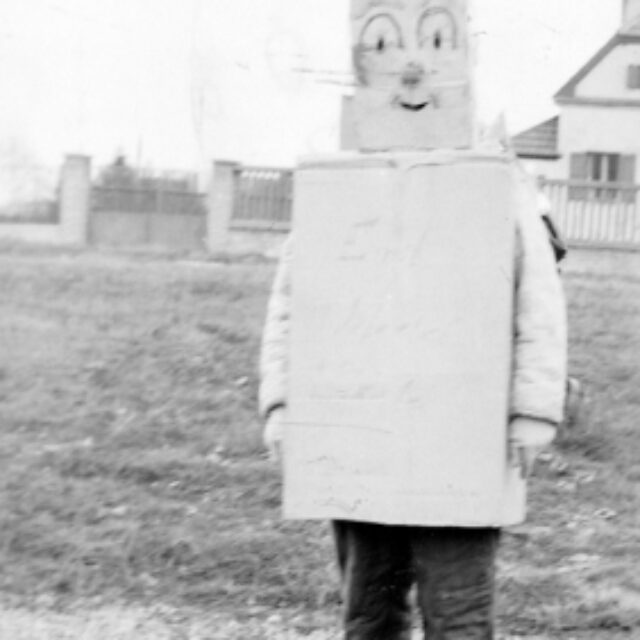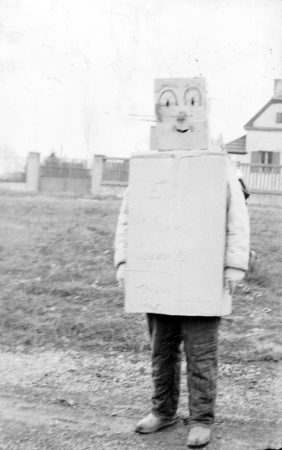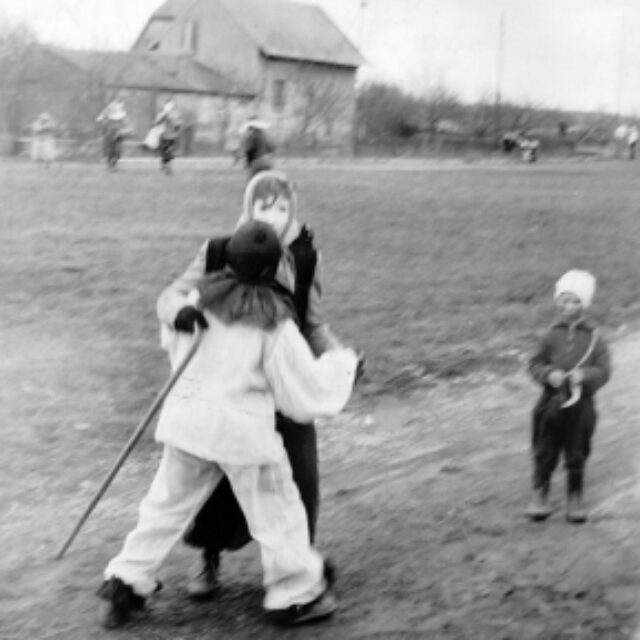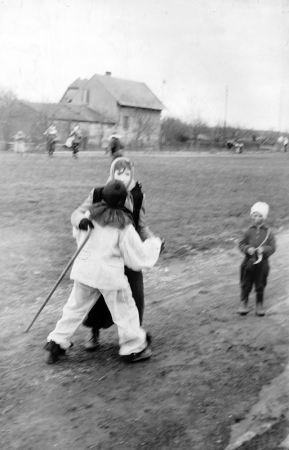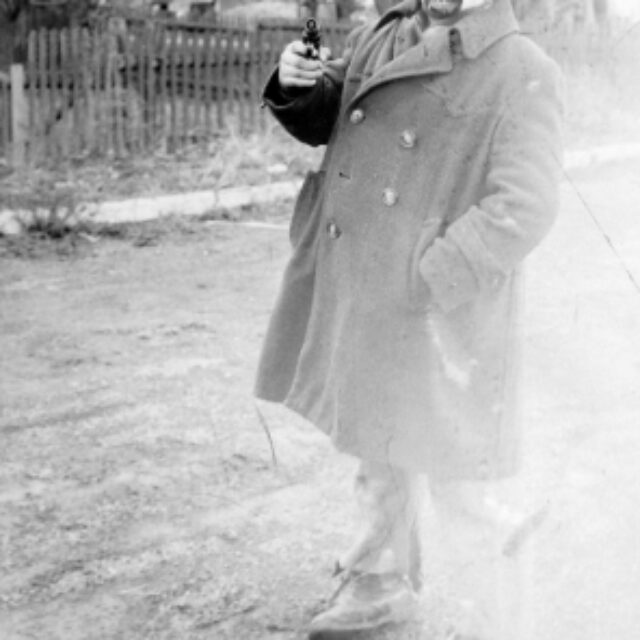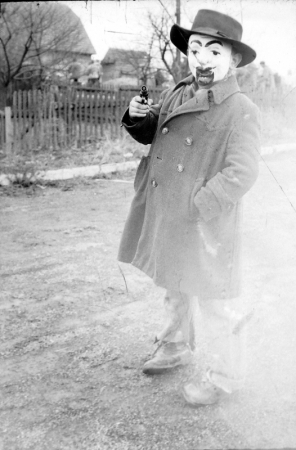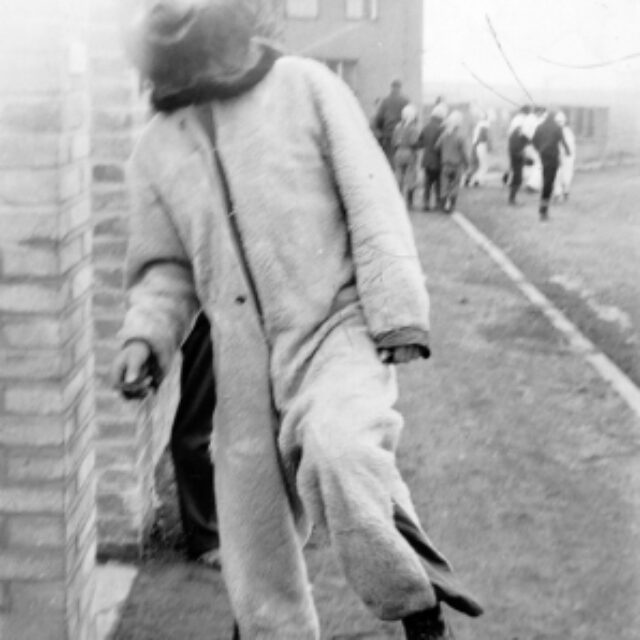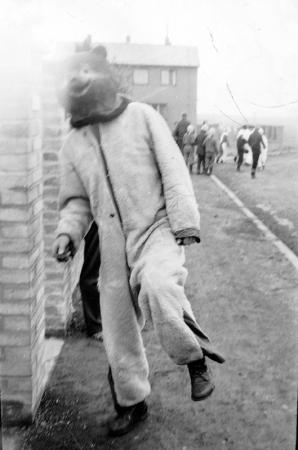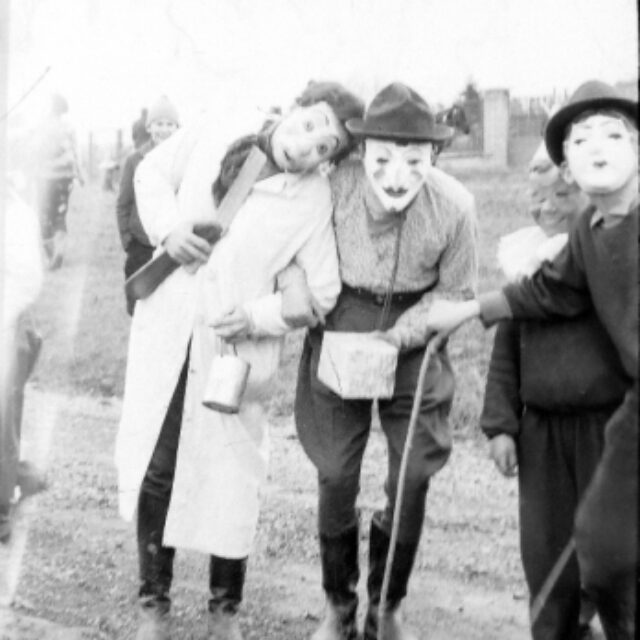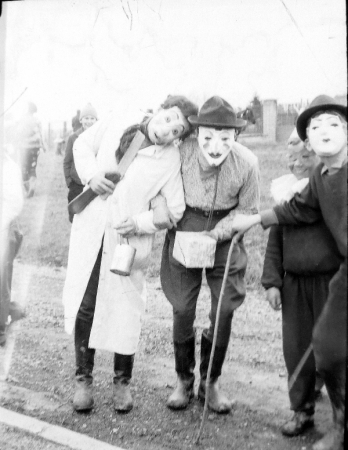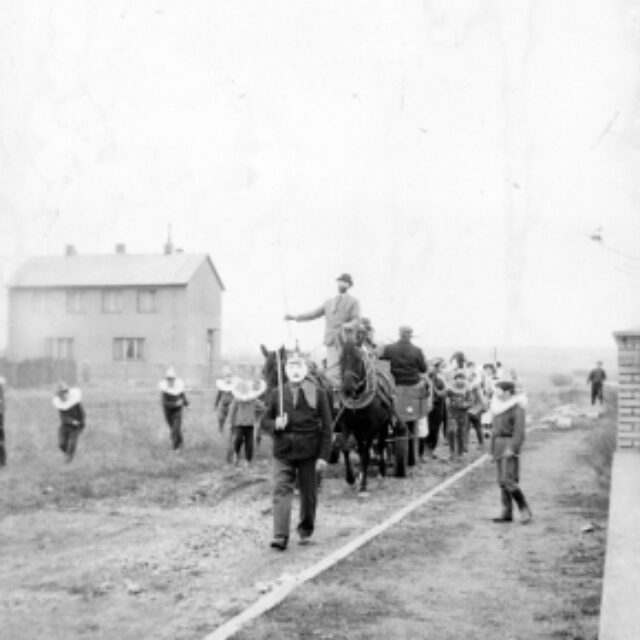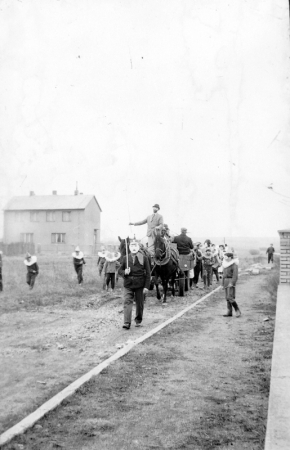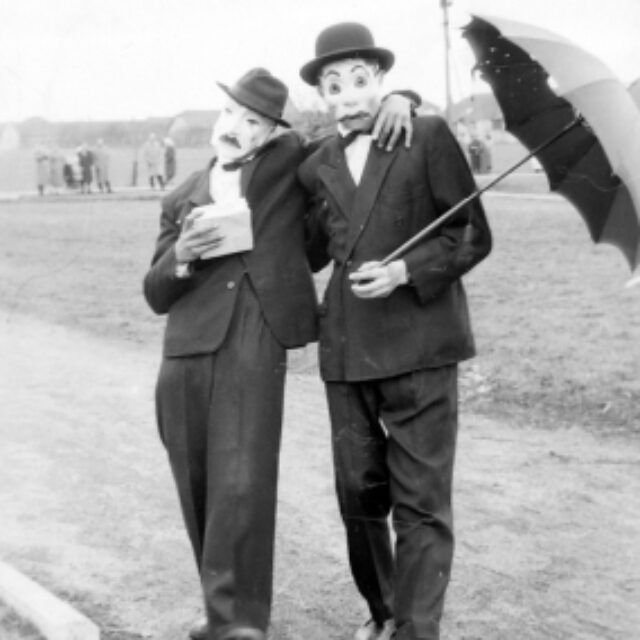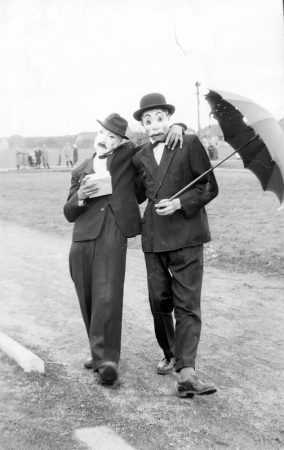Mardi Gras - history
Carnival celebrations in Vestec
Mardi Gras, Mardi Gras, don't leave me, girl.
Mardi Gras, Mardi Gras, let me go, girl.
Why do we commemorate Shrovetide today? This question will soon be answered.
First, let's take a look at the dictionary, which will explain what is behind this compound word.
Mardi Gras, or carnival season, was in the past the period from Three Kings Day to Ash Wednesday. Ash Wednesday marks the beginning of the Lenten season before Easter. The masquerade, which usually took place on Shrove Tuesday, the Tuesday before Ash Wednesday, was the culmination of Shrovetide. The name carnival is synonymous with Mardi Gras, which comes from the Italian carnival and means the acquisition of strength (valere) from the flesh (caro). Carnival in Rome referred to one particular day associated with feasting and masquerades, when everyone ate heartily to be strong for the following Lenten season. This period was always associated with abundant eating, drinking, merrymaking and masquerade parades.
The duration of the carnival is variable, but usually ends in February or March. The ceremonial masks, which are an essential part of the carnival procession, may (but by no means have to) be as follows: bear, laufr (servant running in front of the estate's carriage), Jew, grandmother, bride, bier, Turk, ras, executioner, death, masks in uniform (firemen, soldiers, goose-men), musicians. Other masks include the flourescent, jesters, devils, hastrmans, witches.
Now we will go back in time to the 70s of the last century and recall what it was like in Vestec during the carnival. The fact that the Vestec people did not slack off in this winter season is certainly evidenced by the following lines.
Long before the time of Shrovetide, young and old, women, children, firefighters and football fans planned a fancy dress parade through the village. It was no different in the surrounding villages.
Ever since the New Year, enthusiasts of fancy dress, disguises and disguises have been thinking up what to surprise the public with. The more skilful ones created their masks themselves, others rented them from rental shops or found them wherever they were available.
The Vestec carnival usually started on Saturday afternoon in front of the U Klimešů Restaurant. Here, Mr. Skřivan and a couple of horses were waiting on a decorated ladder.
Behind him, excited, variously dressed children were sitting on the carriage. Groups of mischievous masqueraders were forming around. To the sounds of the brass band of Bóži Zeman from Hodkovice or the band of František Hotý from Radějovice, the colourful procession started its round through the village.
The exuberant procession did not miss any of the buildings. It was always customary to have the lady of the house waiting at the door with sweet doughnuts or a tray of good liquor. Even though the frost was often creeping in behind the nails, the blood circulation was warmed by sips of sharper liquor, enhanced by the cheerful mood of all the participants. The carnival round of Vestec was closed again in front of the U Klimešů Restaurant. Surely no one will doubt that the culmination of the carnival merriment was the evening masquerade party, which lasted until the morning hours.
The end of Shrovetide is one of the merriest times of winter. And its celebrations with masquerade parades are becoming increasingly popular. Hopefully, our cultural committee, in cooperation with football players and firefighters, will be able to revive this custom perfectly.
Blanka Pašková, chronicler of the village
Photos from Mardi Gras 2011
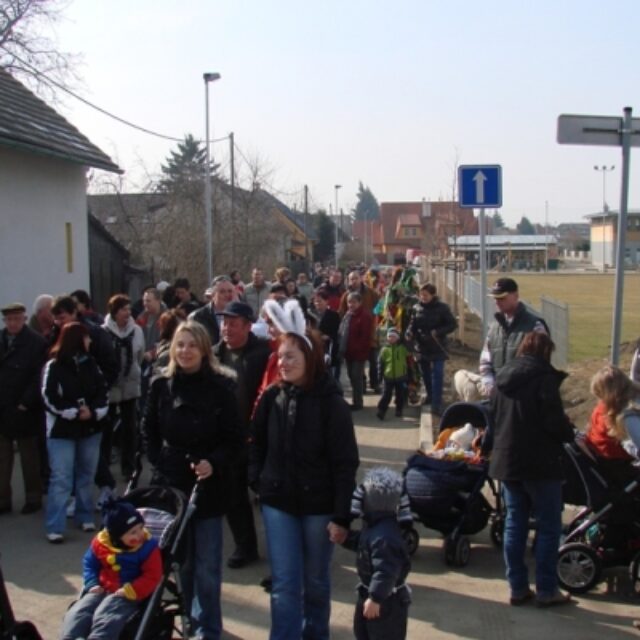

Mardi Gras 2011
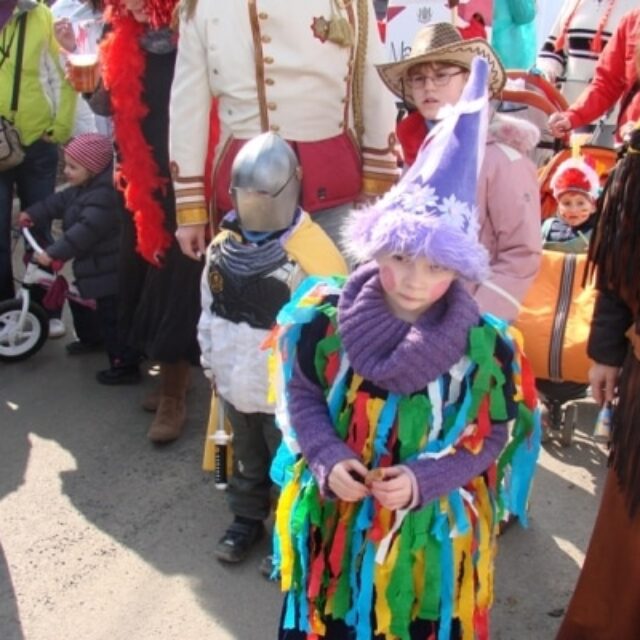

Mardi Gras 2011
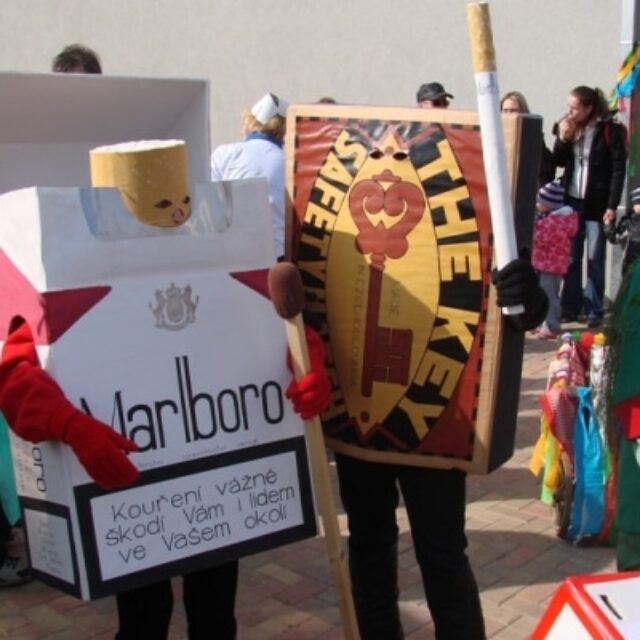
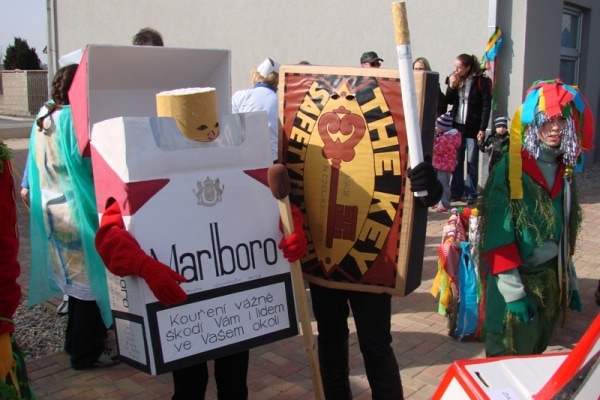
Mardi Gras 2011
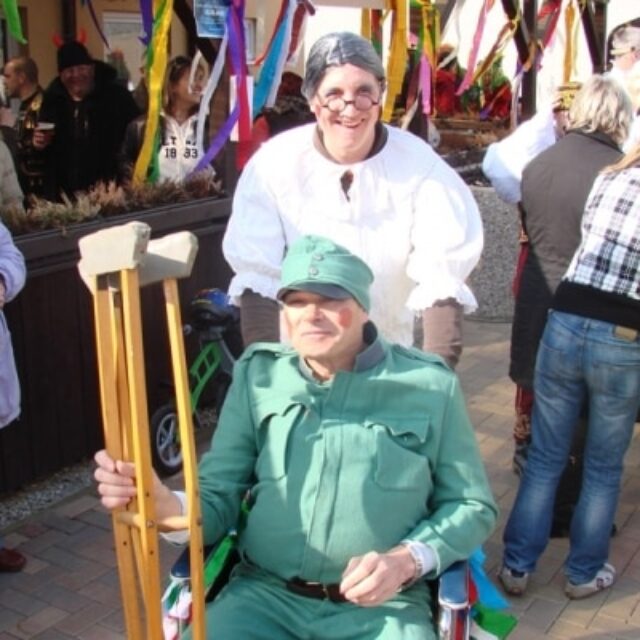
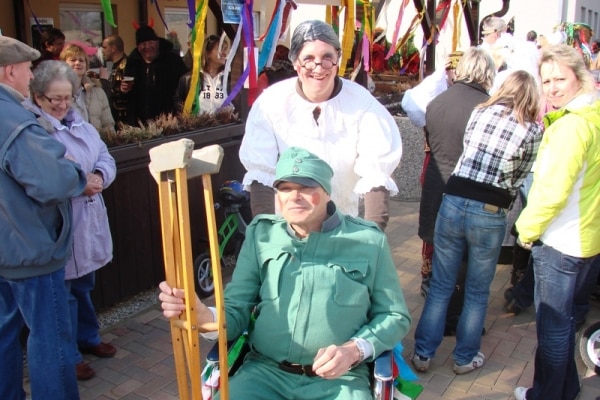
Mardi Gras 2011
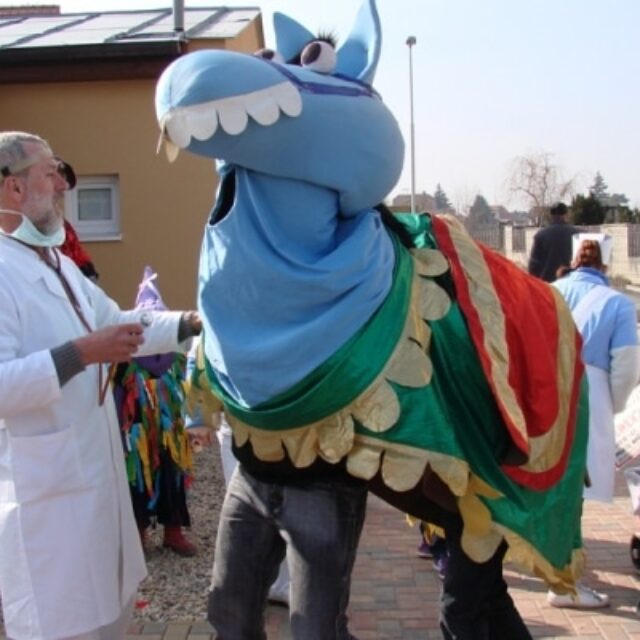
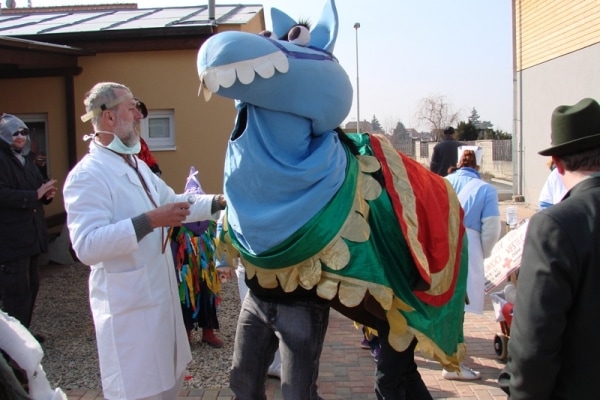
Mardi Gras 2011
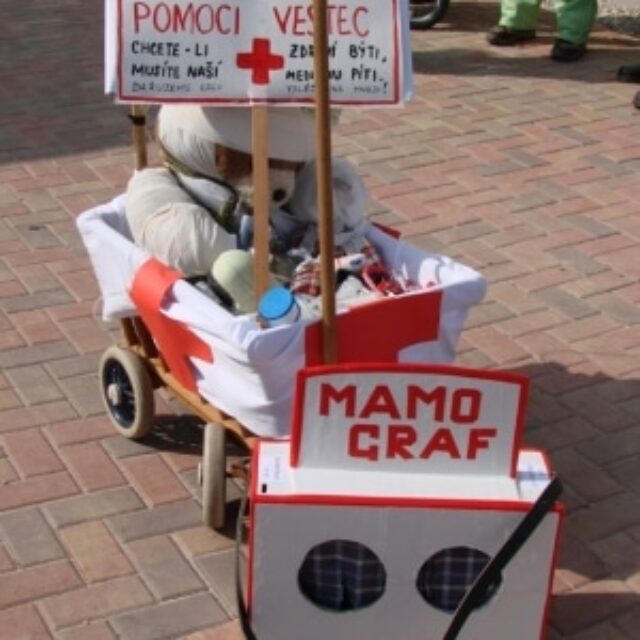
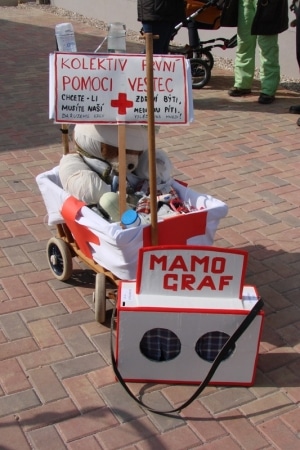
Mardi Gras 2011
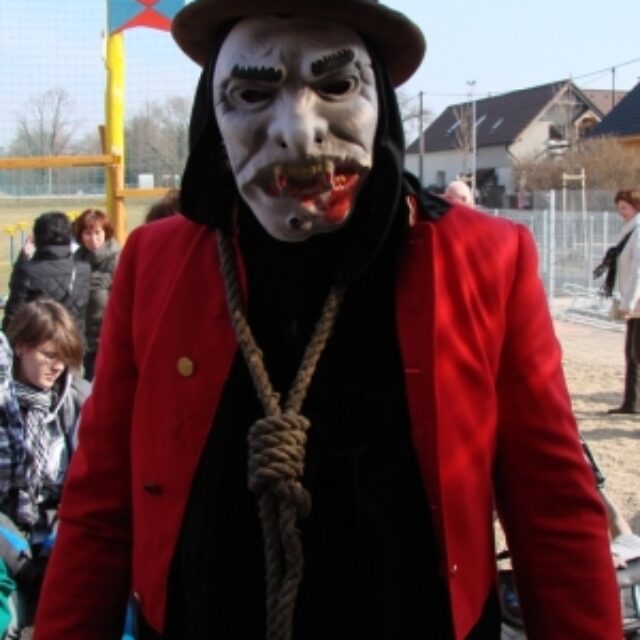
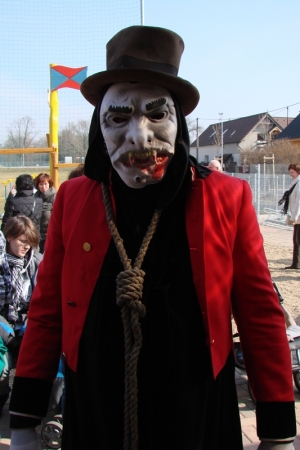
Mardi Gras 2011
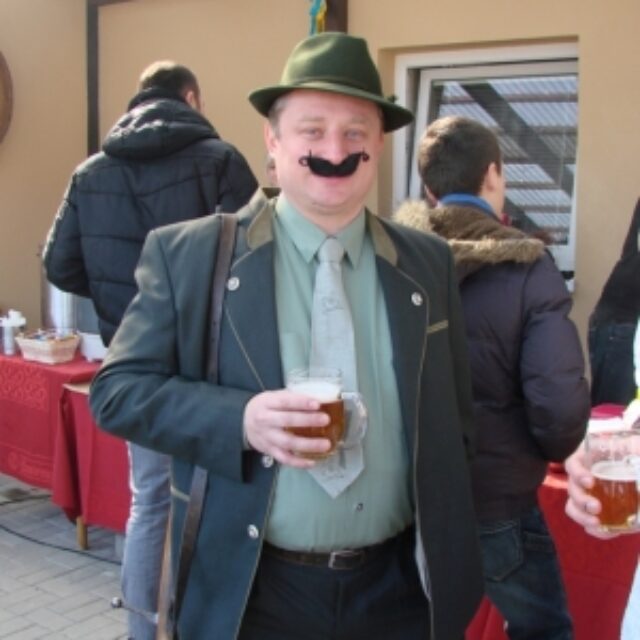
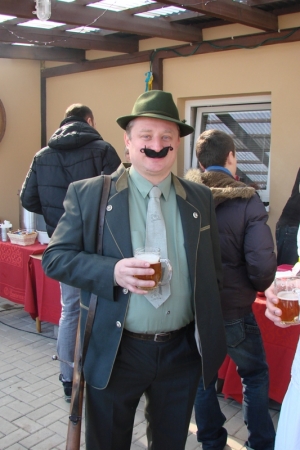
Mardi Gras 2011
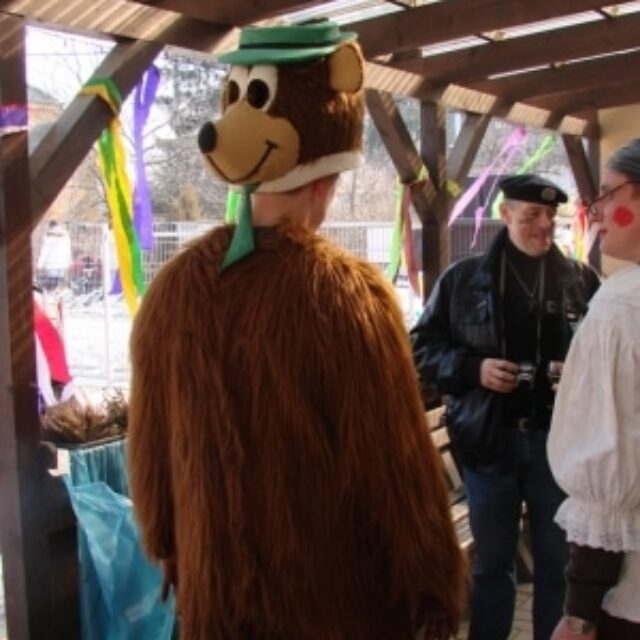
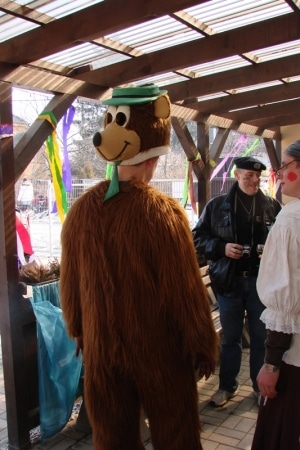
Mardi Gras 2011
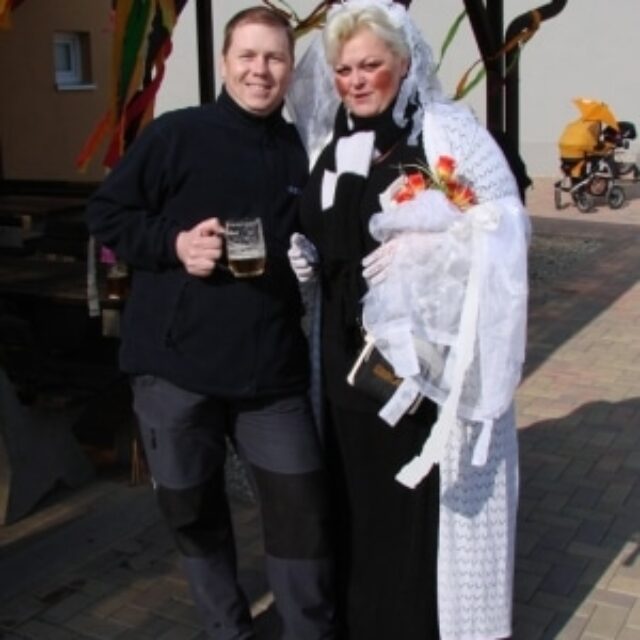
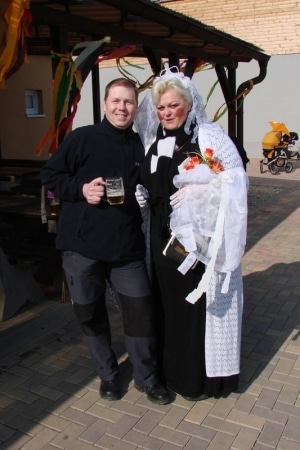
Mardi Gras 2011
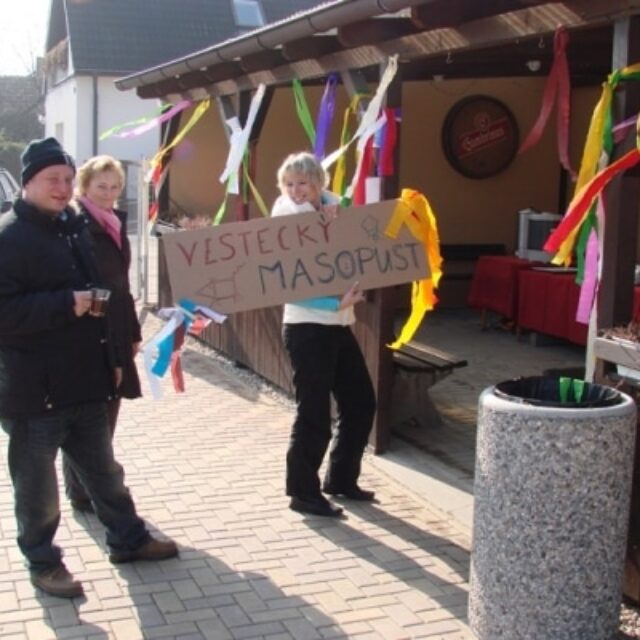
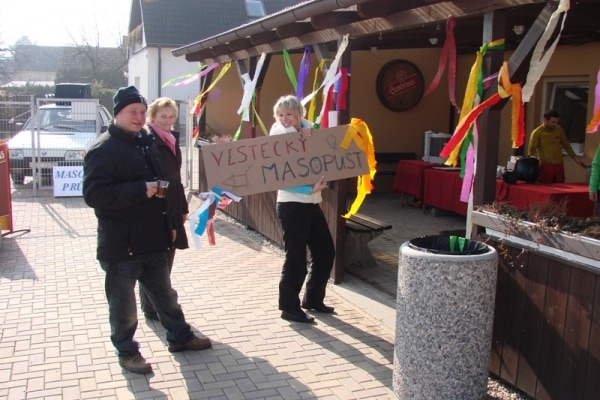
Mardi Gras 2011
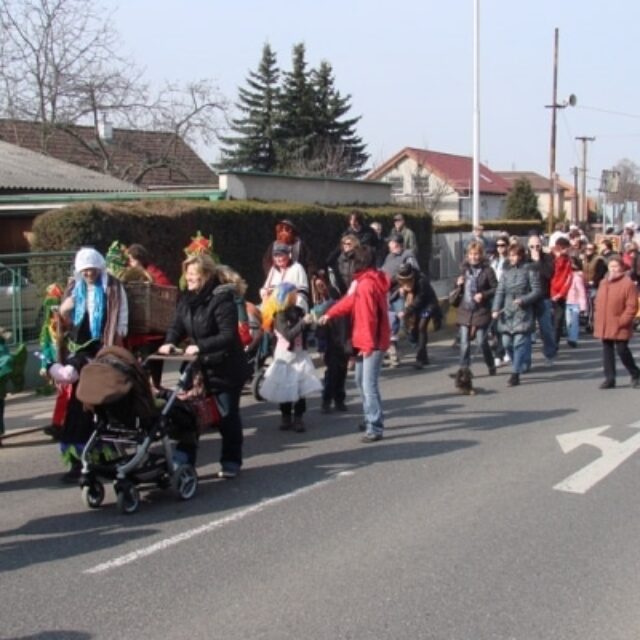
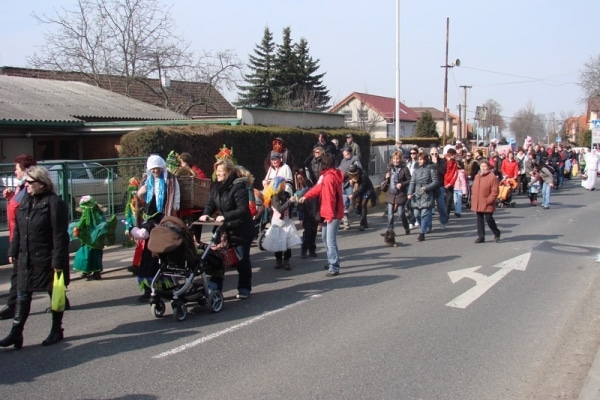
Mardi Gras 2011
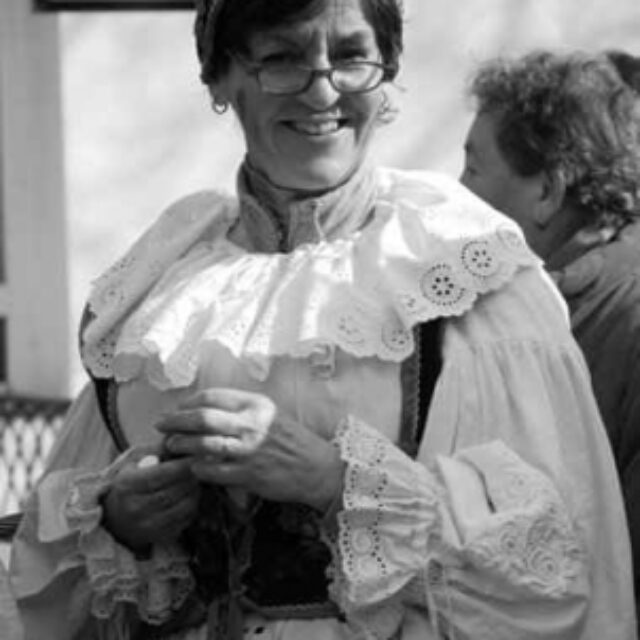
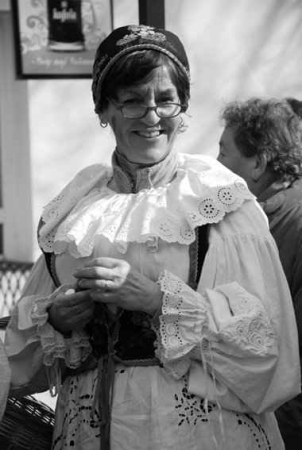
Mardi Gras 2011
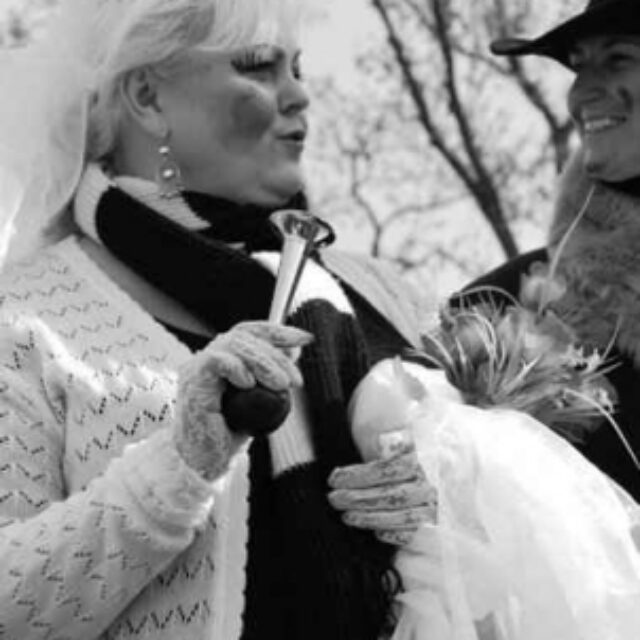
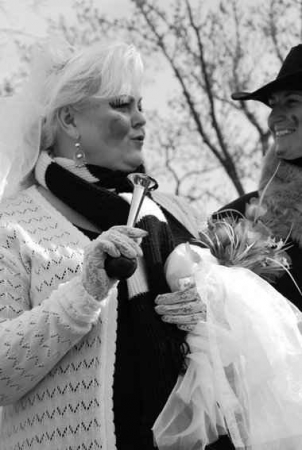
Mardi Gras 2011
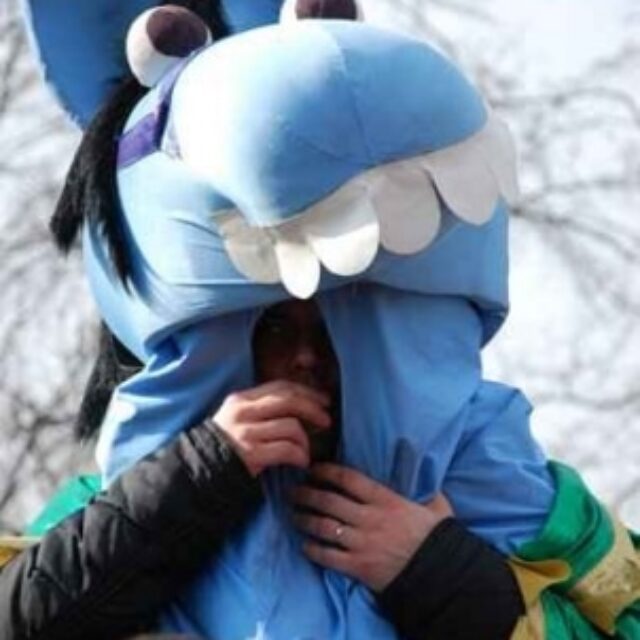
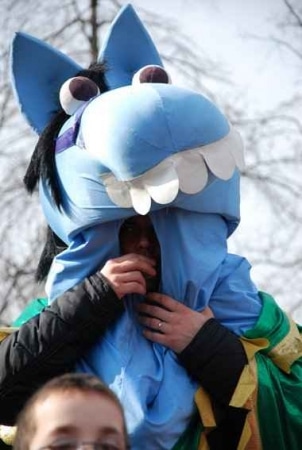
Mardi Gras 2011
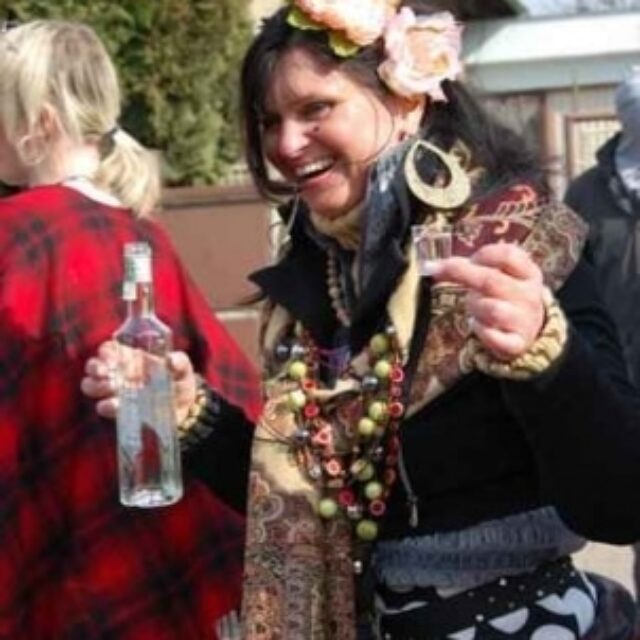
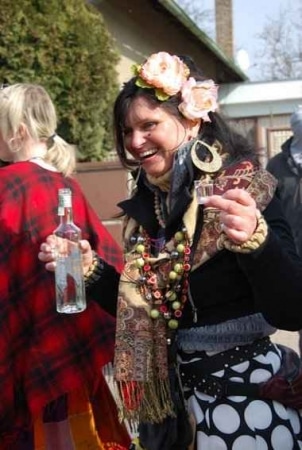
Mardi Gras 2011
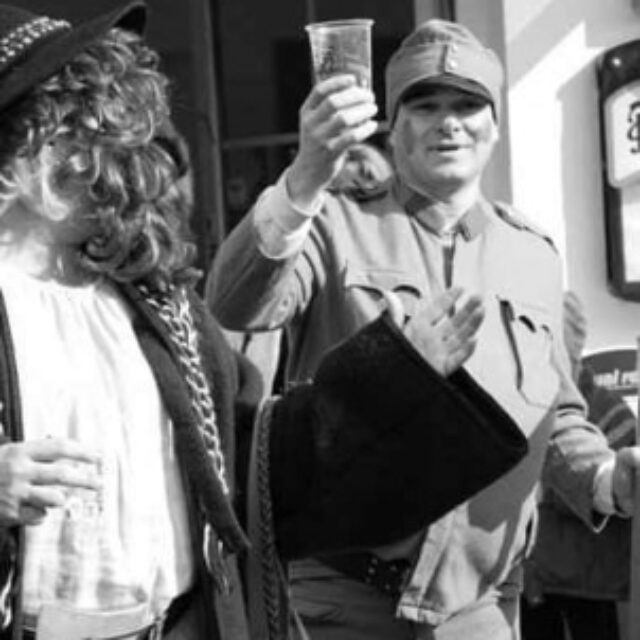

Mardi Gras 2011
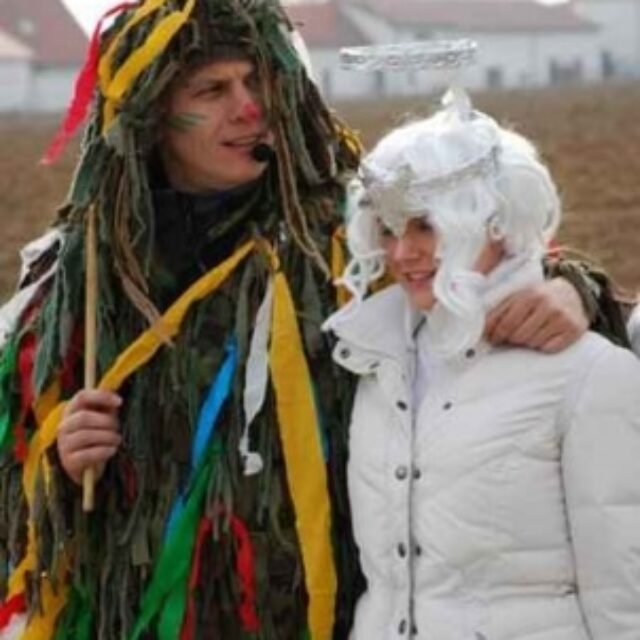
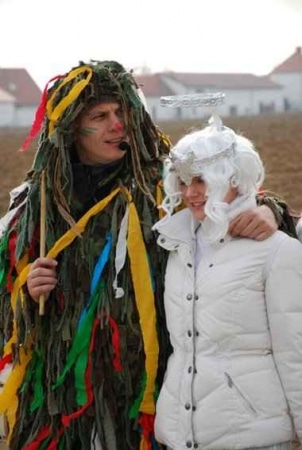
Mardi Gras 2011
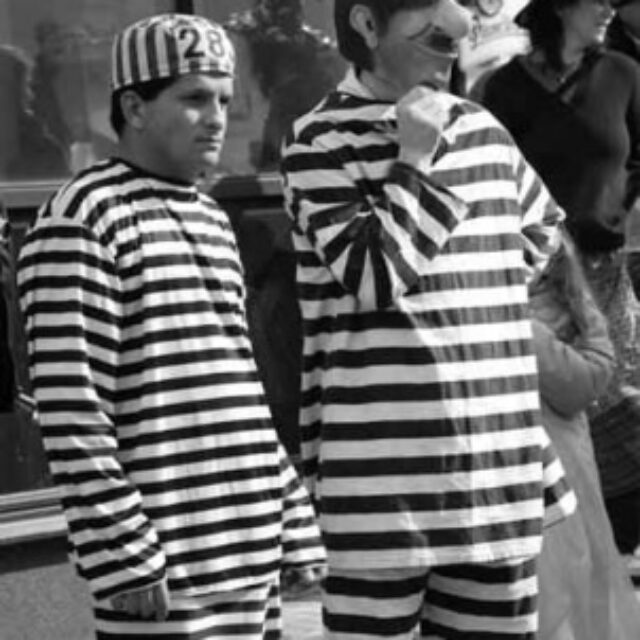
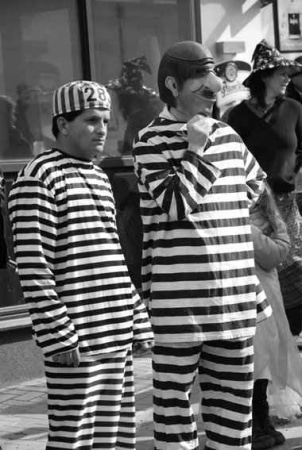
Mardi Gras 2011
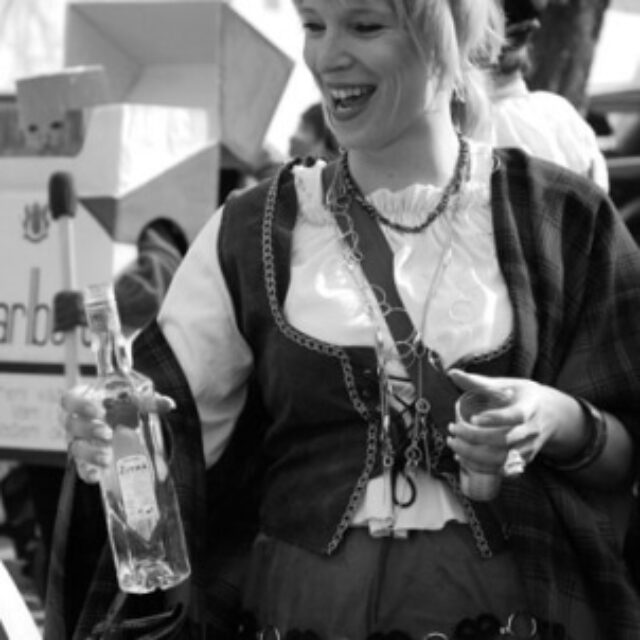
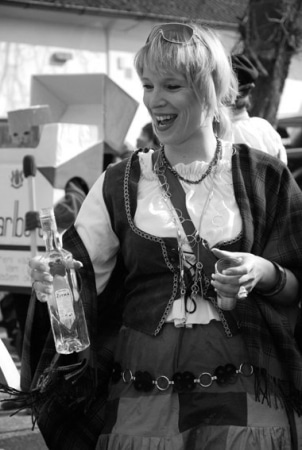
Mardi Gras 2011
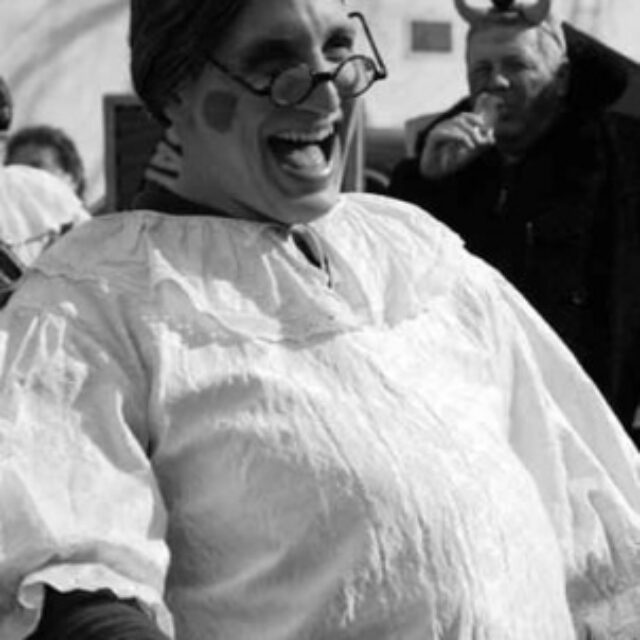
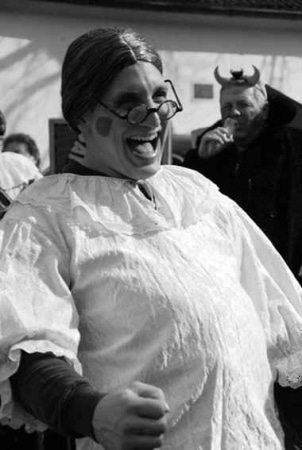
Mardi Gras 2011
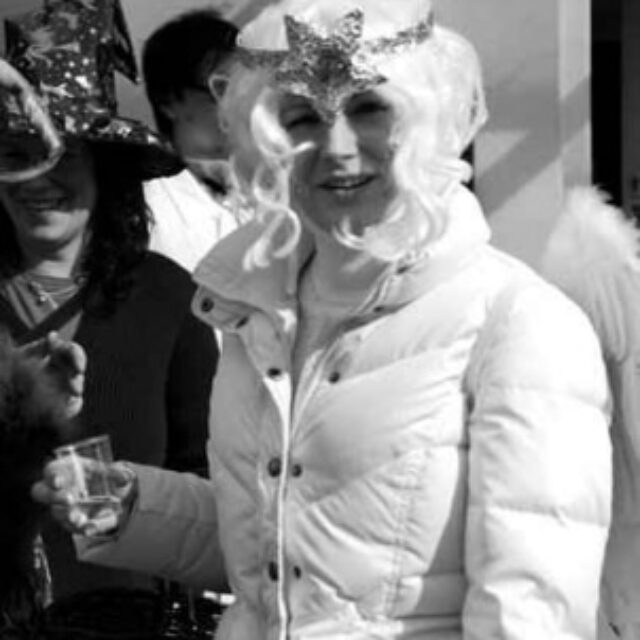
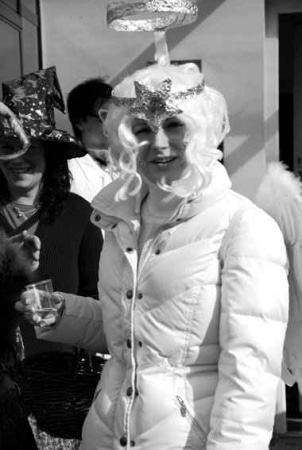
Mardi Gras 2011
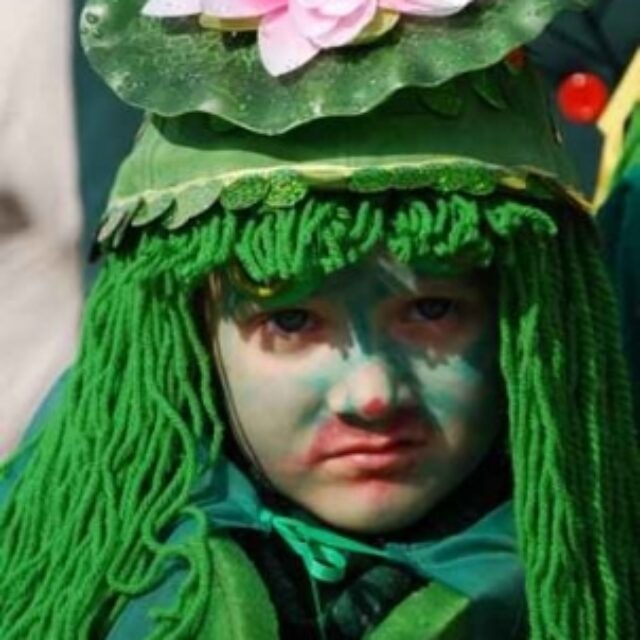
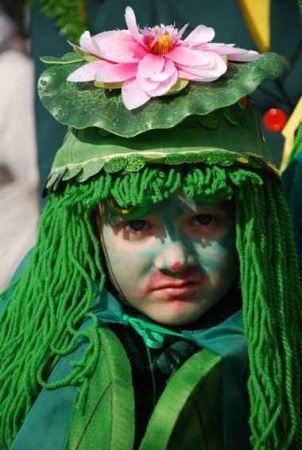
Mardi Gras 2011
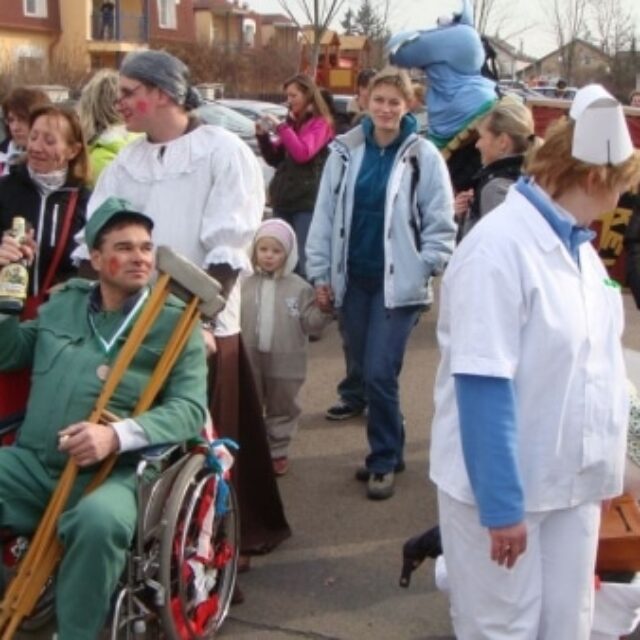
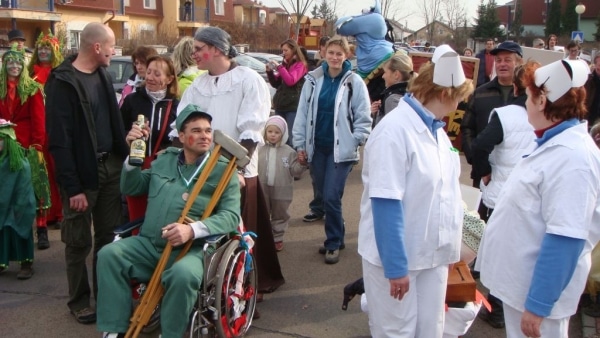
Mardi Gras 2011
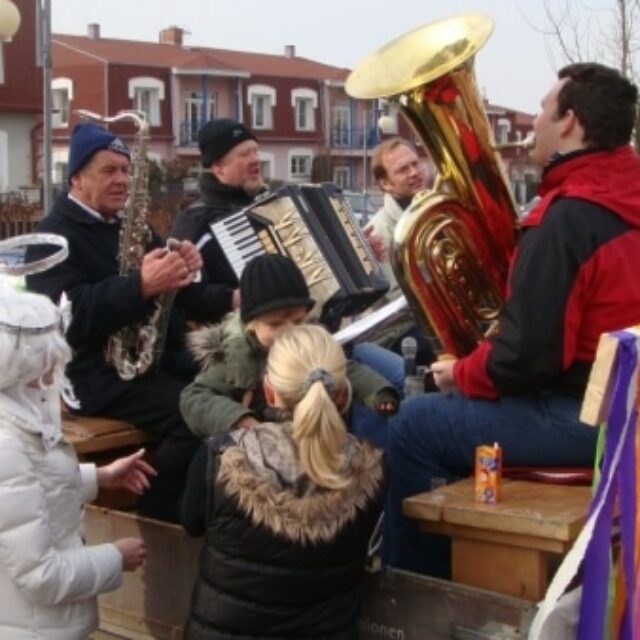
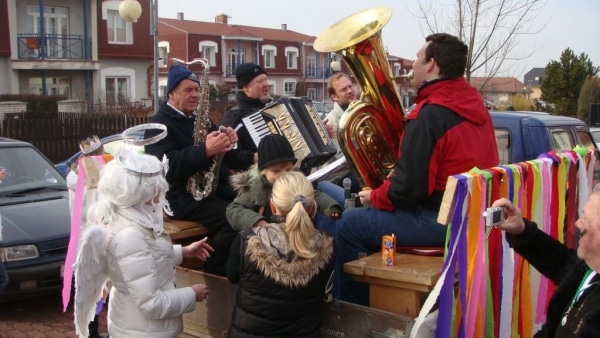
Mardi Gras 2011
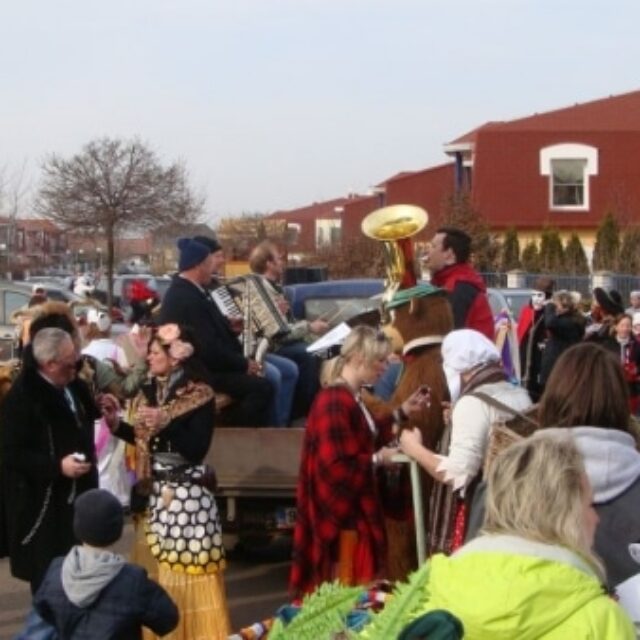
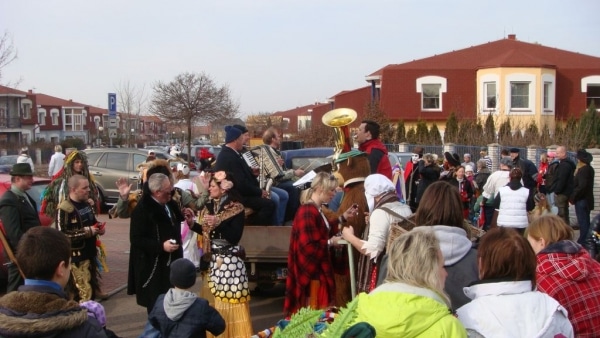
Mardi Gras 2011
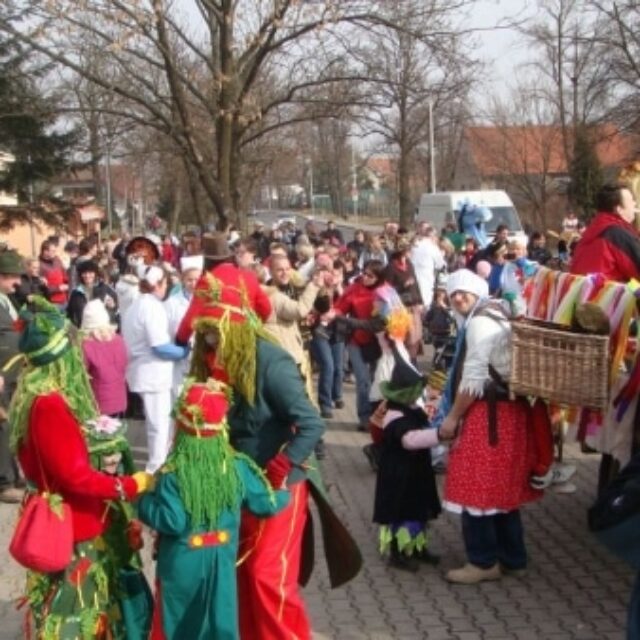
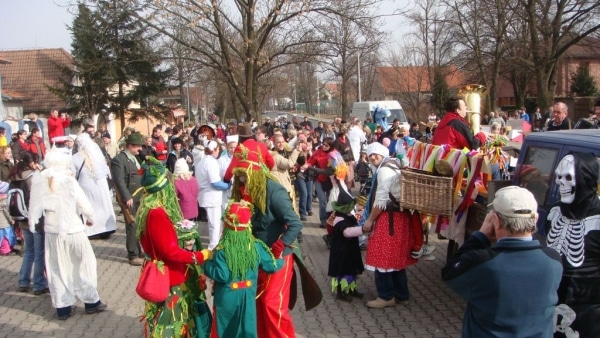
Mardi Gras 2011
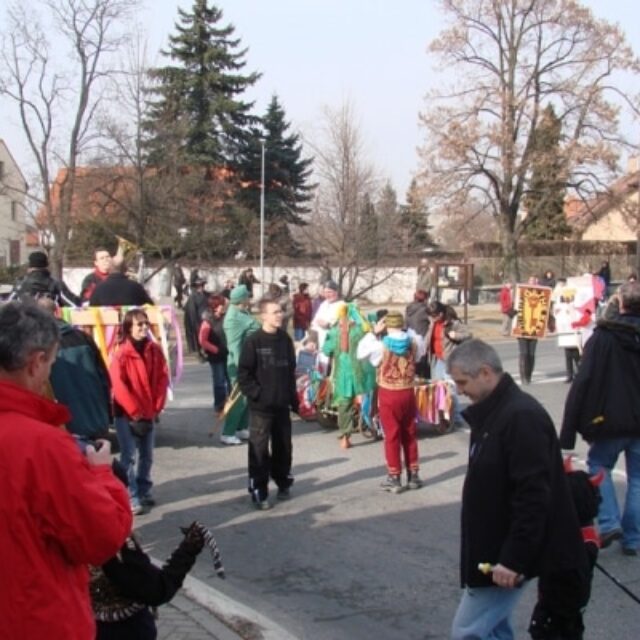

Mardi Gras 2011
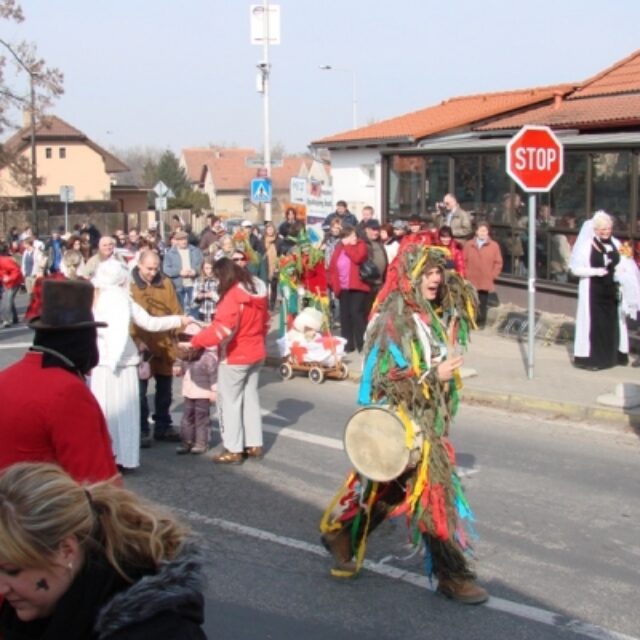
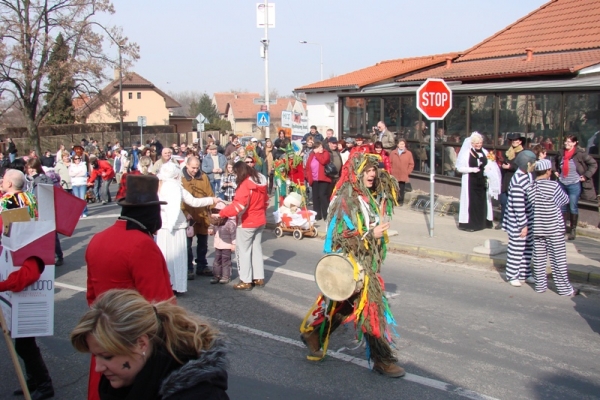
Mardi Gras 2011
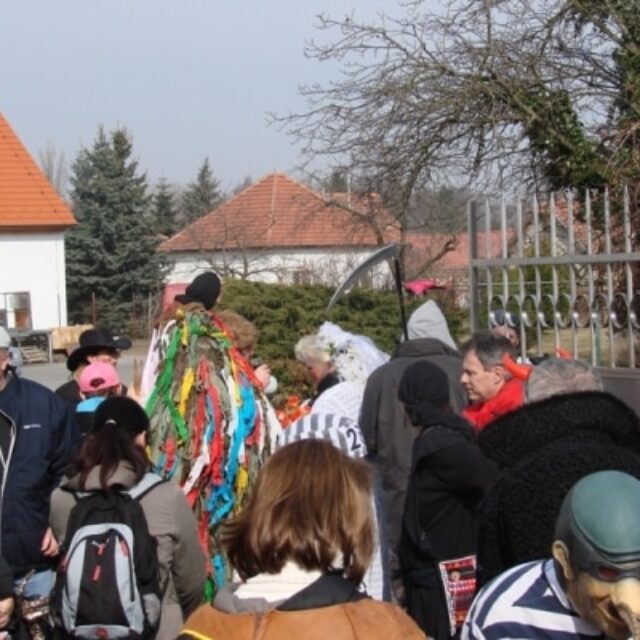
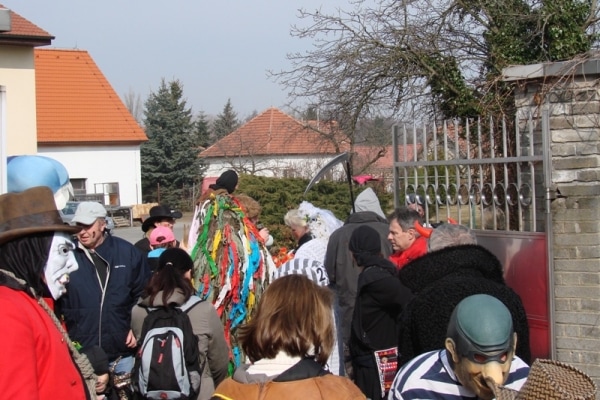
Mardi Gras 2011
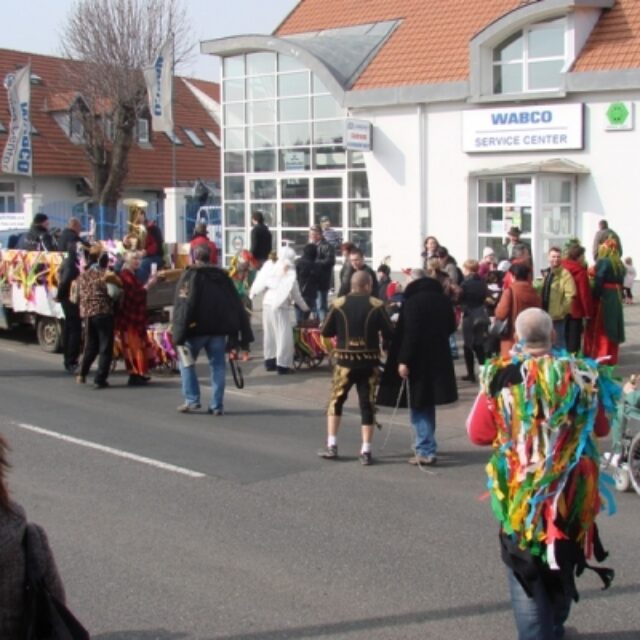
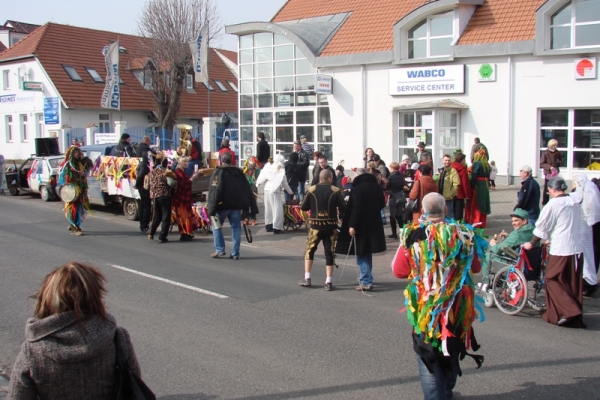
Mardi Gras 2011
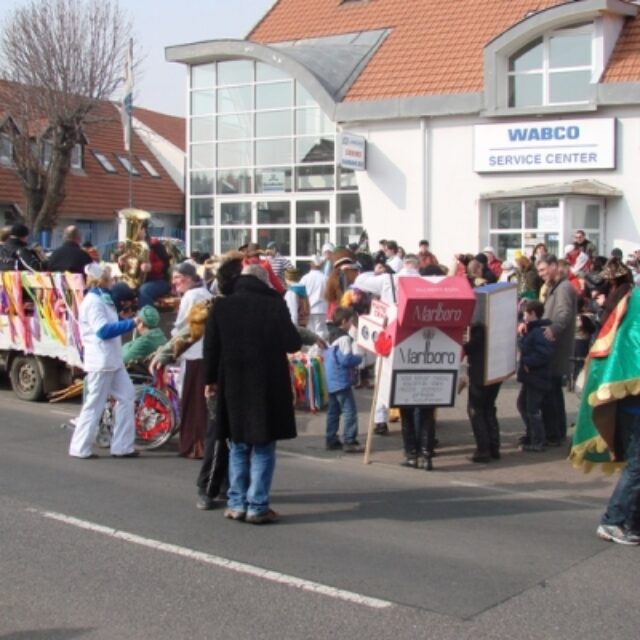
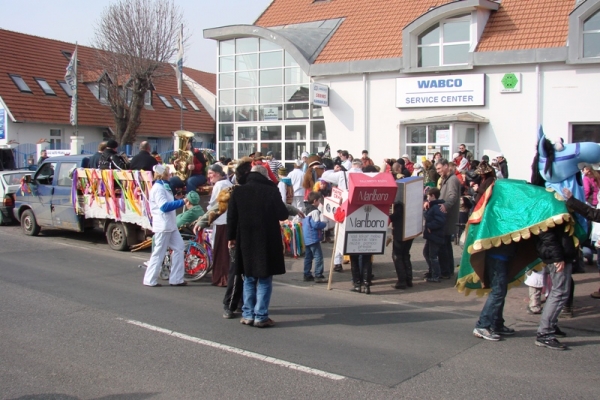
Mardi Gras 2011
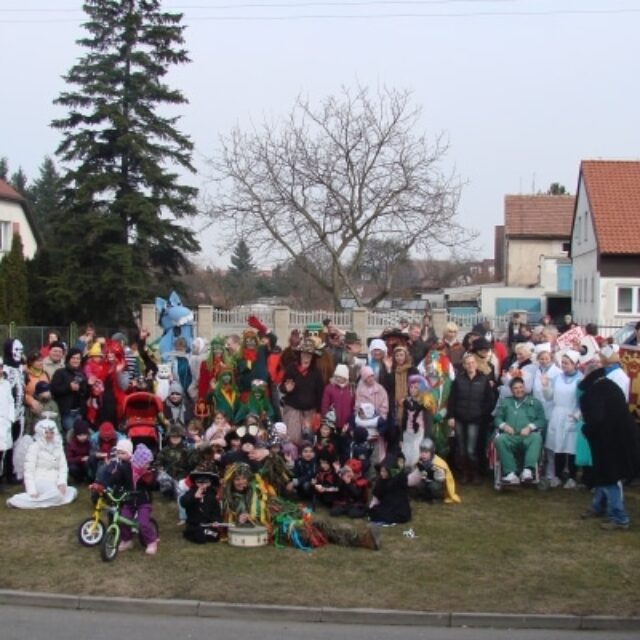
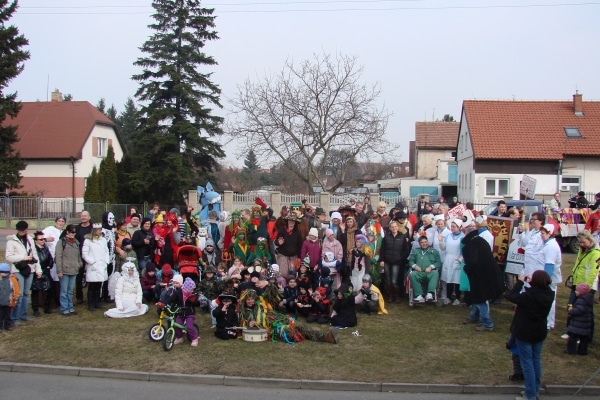
Mardi Gras 2011
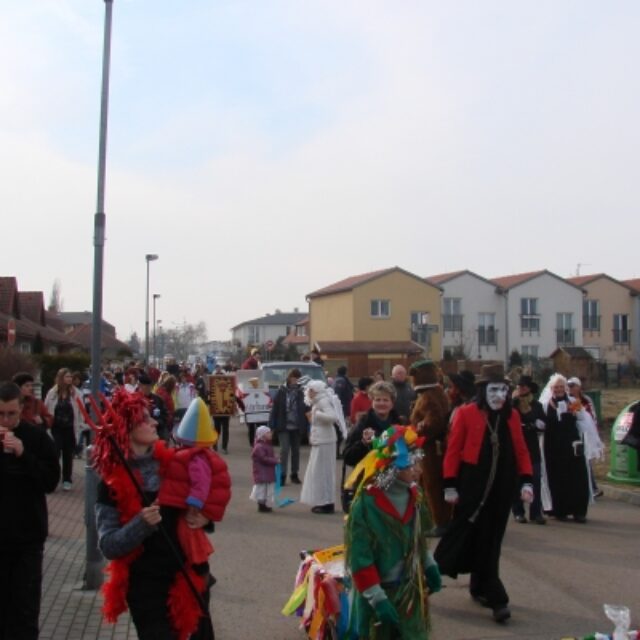

Mardi Gras 2011
